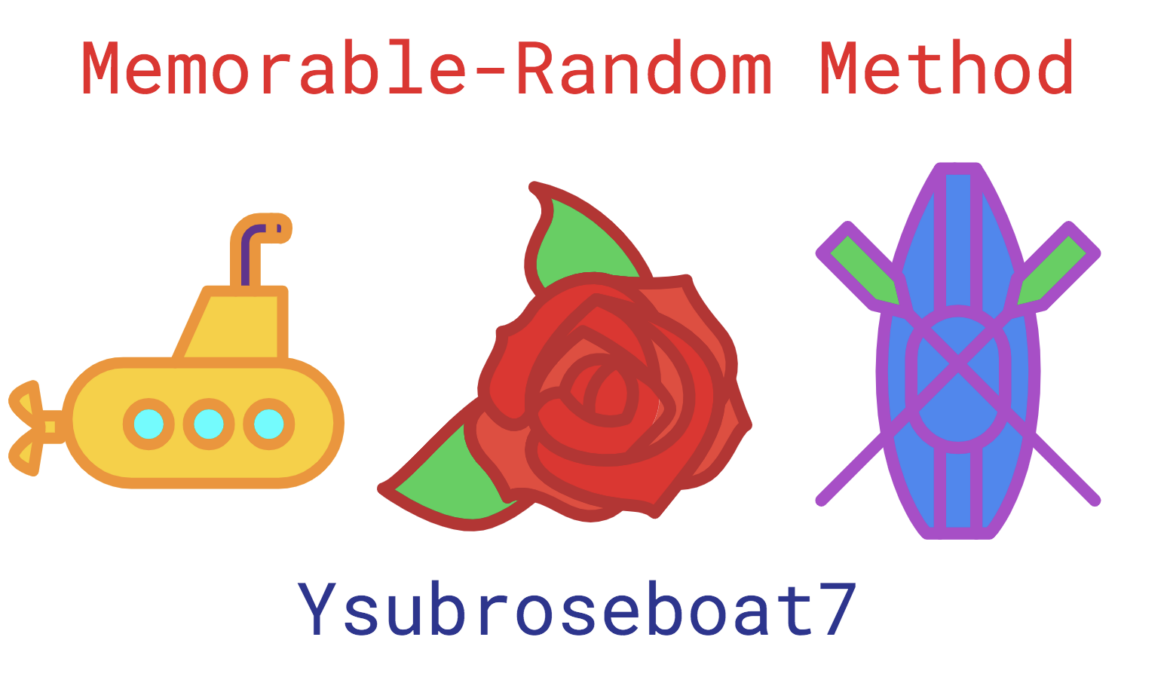What do the following have in common? Here’s a hint: They have to do with passwords.
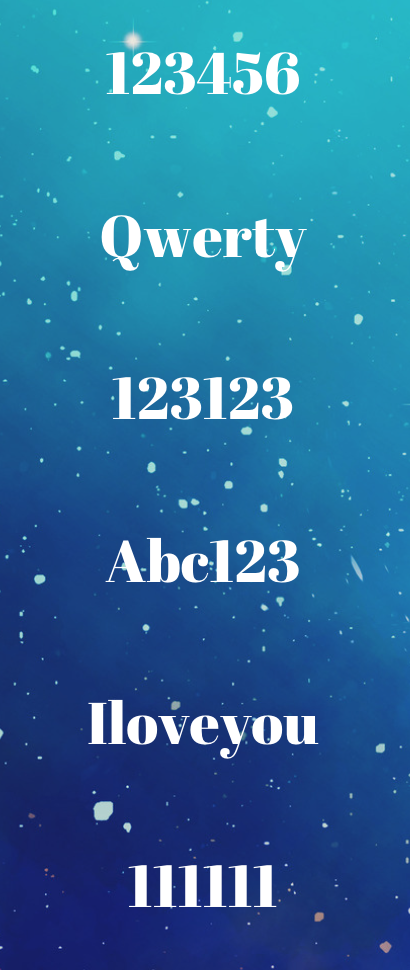
Hopefully, red lights and sirens started going off in your head. These made the list of most common passwords in 2022. Yes, you read that right! The next most common included a pet’s name, a significant date (like a birthday or anniversary), and a sports team. Go, Astros! In this day and age, we all have to do better. That said, how do we help our young students create a strong password?
Three Basic Rules for Creating a Good Password
- Use a minimum of eight letters (16 characters or more is best!)
- Include lowercase and uppercase letters
- Include numbers and symbols
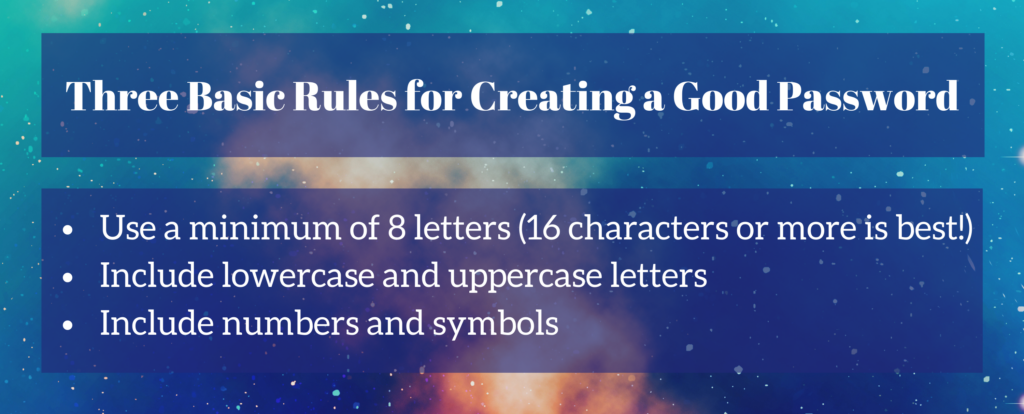
Two Methods for Young Students
1. Memorable-Random Method
You are hopefully asking, “What is this?” Ian, Levy, National Cyber Security Centre, UK, Technical Director recommends “combining three random but memorable words. Be creative and use words memorable to you, so people can’t guess your password.”
This is the perfect spot to bring in AutoDraw. Autodraw is a web-based tool that pairs machine learning with drawings created by Selman Design, a design studio in New York. The best thing about Autodraw is it is free! This handy-dandy tool works on your phone, computer, or tablet. I love this little tool, as it turns my unrecognizable drawings into great pictures or icons.
Using Autodraw, have your students sketch three random pictures. They can then write their unique passwords on index cards for the teacher to keep. See my three examples below. Make sure students include at least one capital letter and a number; for your older elementary students, add a symbol!
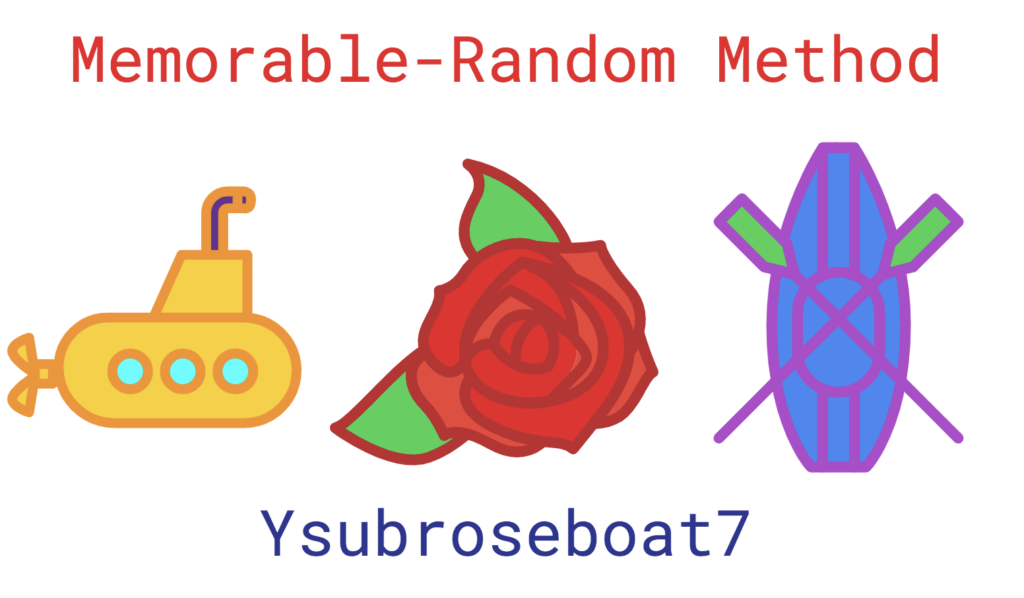
2. The Sentence Method
This method is also described as the “Bruce Schneier Method.” The idea is to think of a random sentence and transform it into a password using a rule. For example, take the first two letters of every word to create your password. For the younger students, I would suggest having them create a sentence of five to six words and use each word’s first letter. And remember, to make it stronger, add a number that has meaning, like their birth month or a favorite number.
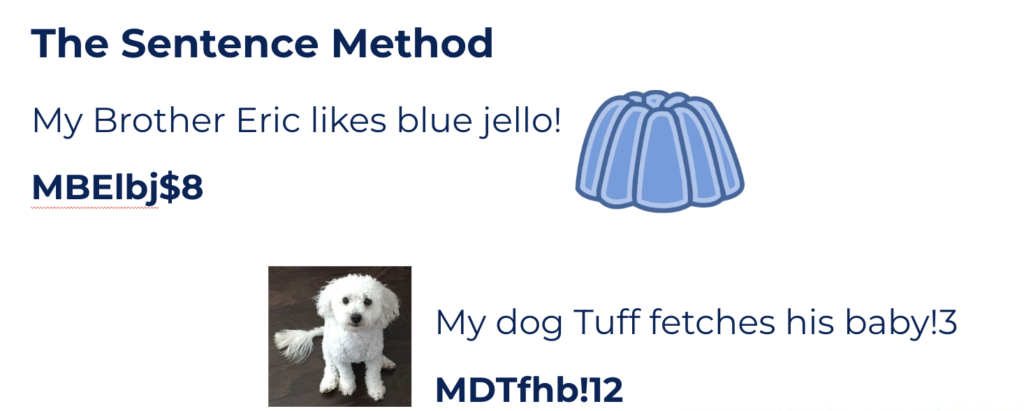
Using the website “How Secure is My Password?” if you check “password,” you’ll see it would be cracked instantly. And the password “MDTfhb!12” would be cracked in three weeks. Now I realize “MDTfhb!12” is not the strongest, but this is a start in helping our students use best practices when creating passwords. *SMAGP2day1# (So, make a good password today)! And yes, it would take two million years to crack this one!

